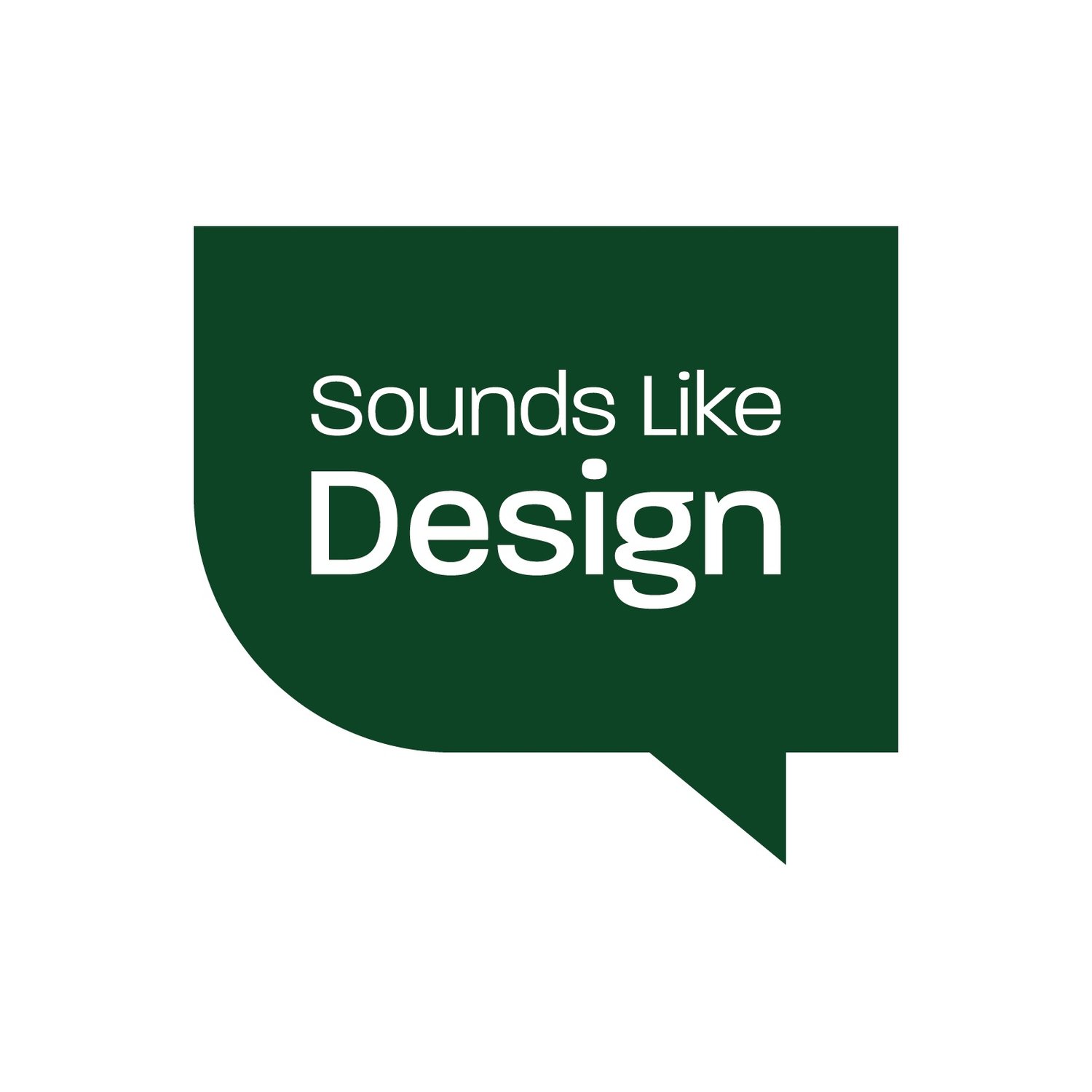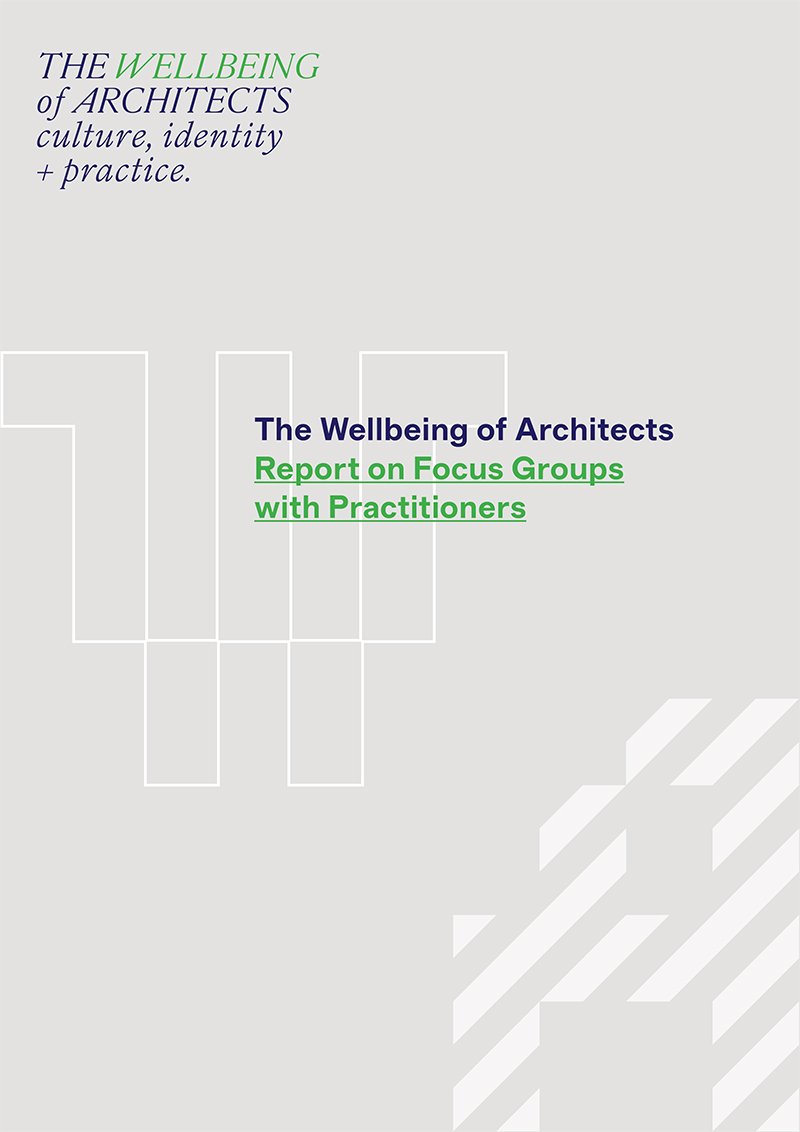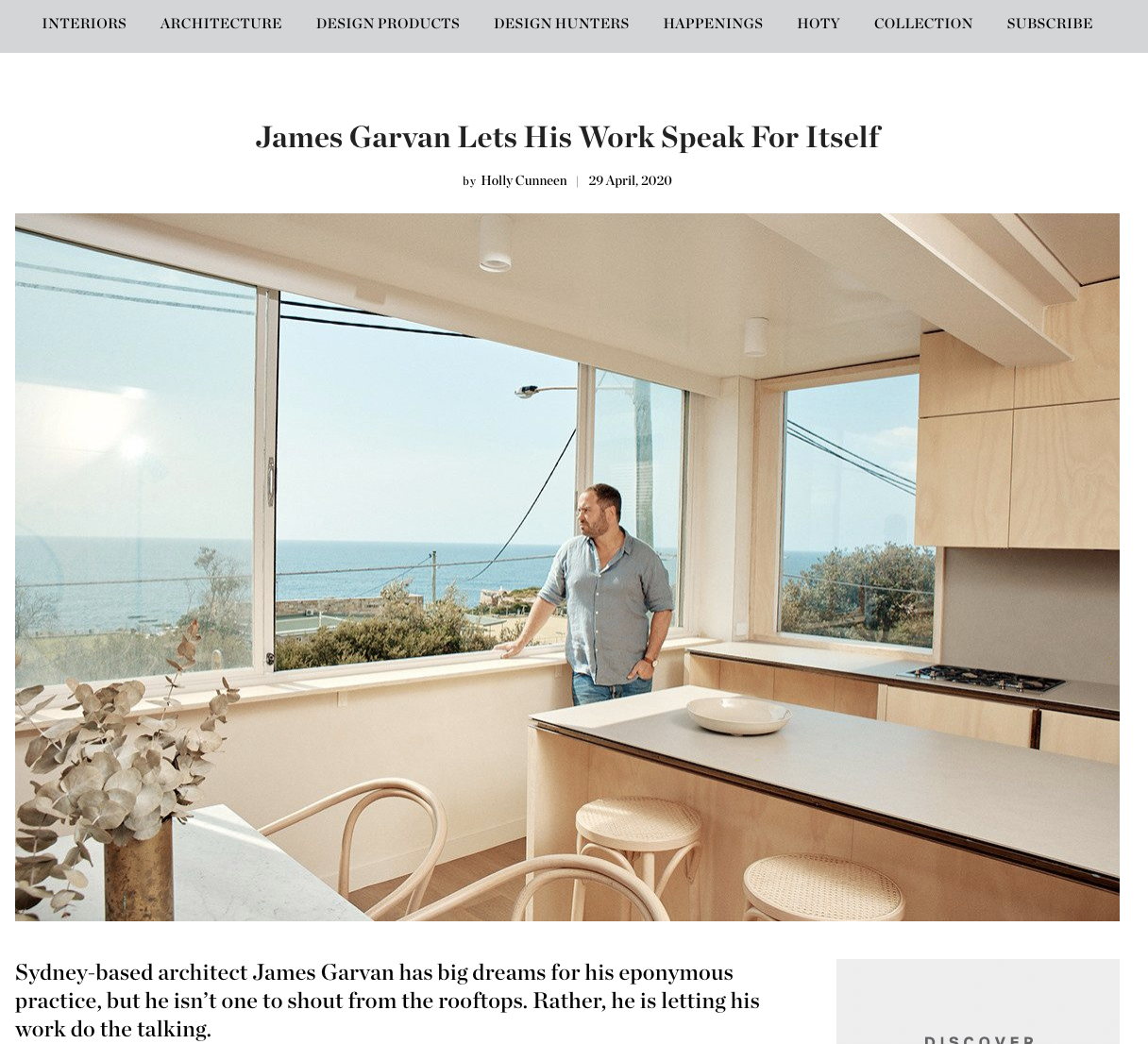What’s the magic bullet for architects?
This is Part 4 of the “Architect” / Salary / Well-being series. Read Part 1 on legal protections for the word architect here, Part 2 on architects’ salaries here, and Part 3 - which collates readers responses so far - here.
This series joins the dots between the legal protections that exist around the architecture profession, architects’ salaries and fees, and architects’ well-being.
I’ve had plenty of positive feedback from readers so far, including many comments thanking me for raising these issues, and I’m always grateful for that kind of encouragement. Please get in touch if you’d like to share your views on any of these big issues affecting the profession.
I’m optimistic that by shining a light on subjects that are often considered taboo - for example, very few people feel comfortable talking openly about money, both in terms of fees and salaries - we can start to bring new attention and awareness to these seemingly intractable problems, and then collaborate on ways to address them for the good of the profession in future.
In Part 2, I said there is a magic bullet that ties together the themes of the value good design (both real and perceived); architects’ salaries and fees; and architects’ well-being, and I’ve outlined what that magic bullet is below.
Scroll down if you can’t wait for the big reveal!
How are all these topics connected?
Recapping how we got here: I think it’s possible to draw a straight line from legal protections for the title “architect” to fees and salaries (which are considerably lower than other roles in the construction industry and other 5-year-plus degrees such as doctors and lawyers) and then to architect’s well-being.
Let’s start with well-being and work backwards. Up until a few years ago, we only had anecdotal evidence about the levels and types of dissatisfaction that architects experienced in relation to their careers, the fact they that many feel they are underpaid, the increasingly challenging yet under-appreciated nature of practice; a lack of recognition from clients and the wider community about the importance of good design; and other factors that negatively affected overall well-being.
Then in 2022, a group of researchers unveiled the first formal research into architects’ well-being - based on surveys of students and practitioners undertaken as part of nationwide research - and the results were shocking.
The Wellbeing of Architects: Culture, identity and practice is an interdisciplinary collaboration between architecture researchers at RMIT University and Monash University, and research in the Monash University Department of Management.
The three-year investigation was funded by the Australian Research Council (2020–2023) in collaboration with numerous industry partners. For more information and to download the project’s reports and publications, visit thewellbeingofarchitects.org.au.
To find out more about the survey and its findings, please read the excellent dossier by Naomi Stead, Maryam Gusheh, Byron Kinnaird, which was published in the Sep/Oct 2022 edition of Architecture Australia. You can find those articles on ArchitectureAU.
After I completed the practitioners survey in August 2021, I wrote an article that posits a nexus between the wellbeing of architects with fee-setting and communicating the value of architecture.
That article was later republished by the Association of Consulting Architects and you can read it on their website, here.
Feel free to read that article, and then come back and finish this one.
What can architects do to address poor public perceptions of their value, depressed salaries and fees, and low satisfaction and well-being?
As I mentioned in Part 1 of this series, the fact that architects enjoy legal protections for their title is not enough to articulate to the public and future clients why they should engage an architect, or why they should invest in good design.
At present, there is insufficient understanding across the broader market place and community about the benefits of good design, and I outlined some ways to address this in my article on The Value of Architecture.
The big reveal: architecture’s magic bullet is…
You may not like this, especially if you hold tight to the idea that “the work should speak for itself”.
Because the magic bullet to tackle the problem of perception around the value of good design, architects’ salaries and fees and well-being is better business development and marketing.
Many architects have it drilled into them by teachers and peers that “the work should speak for itself”, but to reach different and wider audiences, we need to tell new stories.
Article from Habitus Living. Clovelly Apartment by James Garvan Architect. Photography by Katherine Lu.
These two important components of running a successful practice are mostly poorly understood in the profession.
And the reasons for this are pretty simple: these topics aren’t taught at uni, in registration or in CPD - yet business development and marketing play a critical role in the life of any successful business.
As architecture transitions from the outdated business model of client-patron relationships towards a client-customer model, we need to collectively tell new stories, develop new messages, and take the conversation about the value of architecture and good design to new and wider audiences.
These new stories need to form the basis of awards entries, publications, websites, social media posts, the way your current clients pass on referrals, and the content of your email newsletters (this is a channel that few architects even use, let alone excel at, but it’s such a valuable way to inform, educate, nurture, and inspire your future clients).
As a journalist, I’ve been trying to affect this repositioning - highlighting and showcasing all the ways that architects deliver affordable and sustainable projects - for more than two decades.
In recent years, the sense of urgency has increased as the stakes have become higher, and we need more effort and intentionality to scale this movement if we wish to increase our impact to respond to the triple-threat challenges of climate emergency, housing crisis and diversity & inclusion.
Why do architects need to actively invest and engage in business development and marketing?
The answer to this question - which gets at the resistance that stops architects from promoting themselves and their services more actively - is very straightforward.
You have to take deliberate action because your competitors are actively investing and engaging in business development and marketing, and right now, they are winning the game with consumers - that’s your future clients and the government regulators and policymakers who define the operating environment that makes it possible for good design to flourish or languish.
The fact that most architects don’t have a deliberate strategy in place to attract new clients and projects means that the entire profession is essentially ceding large swathes of the design and delivery market to non-architect competitors; the competitors who see the benefit in investing heavily in their own client and project pipelines.
By letting the work speak for itself, and eschewing the tenets of modern marketing, architects are basically saying to their future clients: “Architecture doesn’t matter: use a building designer, or project manager, or builder - you’ll get a similar result.”
And I fervently believe that simply isn’t true.
If you share my belief - and you agree that architecture matters - so you know that your future clients would achieve a better outcome by using an architect - you have to make a compelling case, and explicitly set out the benefits of using an architect, using language that will enable your future clients to engage with your message and care.
Because that’s all architecture marketing is; a compelling call to action for the value of good design.
How will investing in business development and marketing help?
When architects upskill and invest in business development and marketing, the benefits will flow outwards from individuals and practices, across the profession, and eventually to the entire community. How will this transformation take place?
Individuals and practices will start to win more of the clients and projects they love working on, and this will enable architects to fulfil the purpose that led them into the profession in the first place. Architects will become sought-after experts who can charge more for their services - and pay themselves and their team higher salaries - when clients understand the cost-value-benefit proposition. With more money comes more leverage, and this virtuous cycle will continue to elevate the benefits of good design.
Across the profession, this will lead to improvements in culture and well-being, making architecture a more attractive career option; one where salaries are commensurate with the long degree and subsequent training requirements, more in keeping with other highly regarded professionals. This will attract more diverse people into architecture, enabling the profession to become more inclusive, and more representative of the broad communities it serves. As this shift takes place, there will be more diverse more architects to communicate the benefits of good design to more people across the community.
The ripple effect of these changes will then expand across the wider community, as more people begin to understand and appreciate the benefits of engaging with and investing in good design. They’ll recognise the capacity that architects have to respond to some of society’s most pressing problems and unlock incredible new opportunities for places and spaces. And as the community and consumers - ranging from your prospective clients to government regulators and policy makers - become more cognisant of the value of architecture and good design, they’ll begin to demand more from their built environments, both public and private, leading to more work for architects, and better outcomes for everyone.
This may sound far-fetched and unrealistic - especially if you have a strong apprehension about the power of my magic bullet - and if that’s the case, I encourage you think about the most inspiring and impressive communications campaign that has ever made a difference to you.
Communication is powerful. Strategic communications can change hearts and minds, and light the way to a new future.
As you can probably tell, if you’ve read this far, I’m a firm believer that it’s absolutely possible to reposition the commonly-held poor perceptions of architects and architecture via deliberate and intentional business development, marketing and communications strategies.
We can make the switch from “architects design houses for rich people” to “architects are important members of society, who have the skills, knowledge and experience to help us tackle some of our most pressing challenges for the benefit of all” in just a few years, with the right communications strategies in place.
There are already so many architects and practices doing incredible work - people and projects that aren’t yet getting the kind of attention they deserve in the public domain - so we can start by telling those stories and amplifying these efforts, to build momentum around this new positioning and narrative.
I’m not suggesting that this is a quick or easy task, but I’m confident that with a concerted effort by a large number of practitioners across the profession, it is absolutely possible to reframe outmoded ideas about what architects do, who they serve, and who should benefit from good design.
I’ve already seen positive results from the work I’ve done with my clients, and I believe that those results are replicable and scalable, assuming of course that other architects want to take action to get better at how they communicate their value (and notwithstanding the regulatory barriers and procurement obstacles that currently exist – I’m all about taking action over the parts of the business landscape and equation that are within our grasp and control!).
If you’re not yet subscribed to receive our email newsletters, you can join now on this page to be notified when the fifth and final instalment of this series is published.
And if you’re ready to take action now, please read on to find out how we might be able to help you.
Find out more about SLD’s business development and marketing services for architects:
Sounds Like Design developed the Six Channel System of business development and marketing for architects, to help practice owners and directors to create or enhance their client and project pipeline, to win more of the work they love.
You can enrol in Architecture Marketing 360: a CPD course for architects, here.
You can undertake the Review + Reset one-on-one consulting package with Rachael directly (find more details including pricing and the next available start date, here).
And if you have a friend or colleague who may also benefit from reading this article, please send them a link and encourage them to subscribe.
For more information about what each entails, visit the Services page.
And if you're not sure which of these service best meets your needs right now Take our Quiz to find out, and we'll also send you an invitation to book a free 30-minute call with Rachael to discuss where you're at, where you'd like to be, and how we can help you get there.
References
The Wellbeing of Architects: Report on Focus Groups with Practitioners, Byron Kinnaird, Liz Battiston, Naomi Stead, Maryam Gusheh, Jonathan Robberts, Tracey Shea, Brian Cooper, Kirsten Orr, Julie Wolfram Cox. This report presents the findings of a series of focus groups conducted between May and June 2022, with people working in the architecture profession in Australia, and addressing work related wellbeing for this group.
Find out more about the entire project on The Wellbeing of Architects website.



